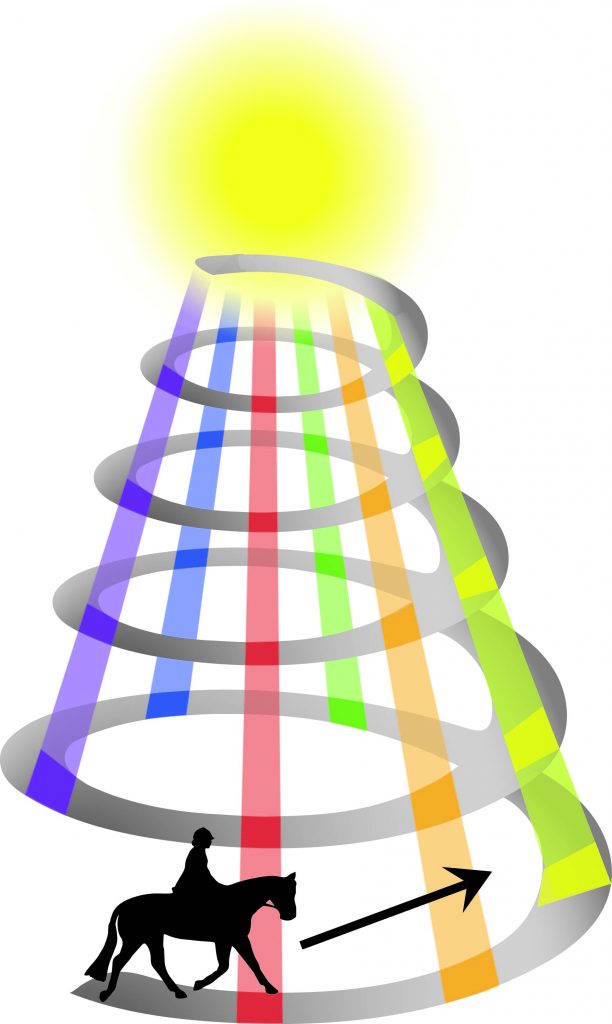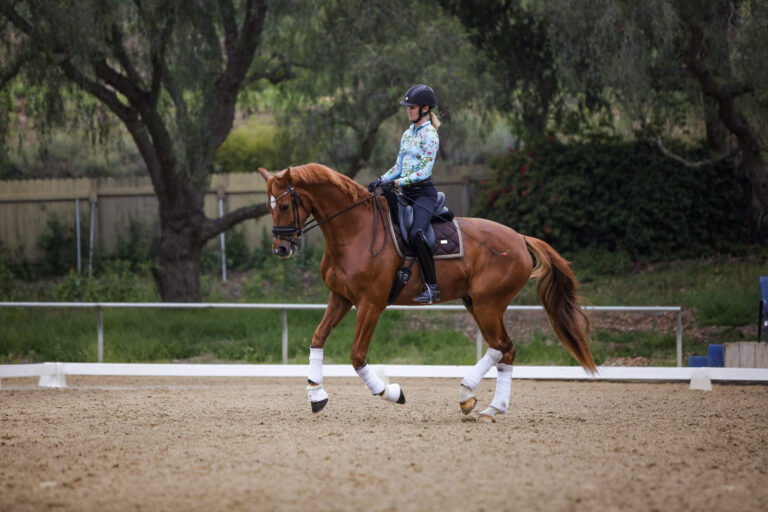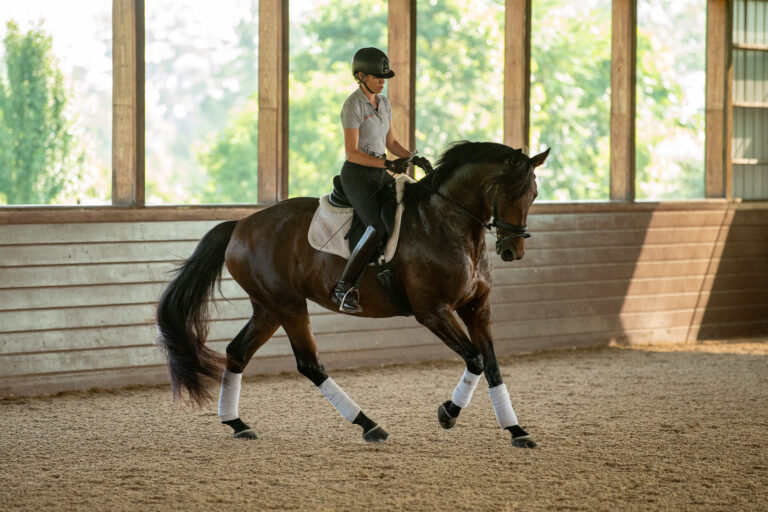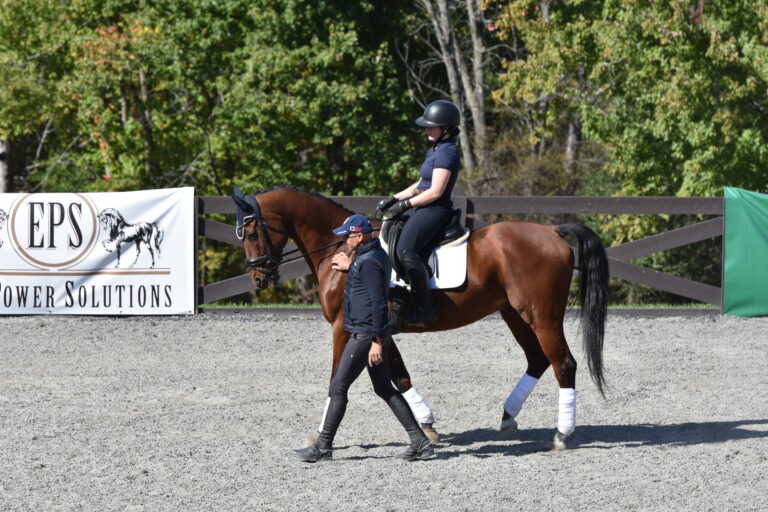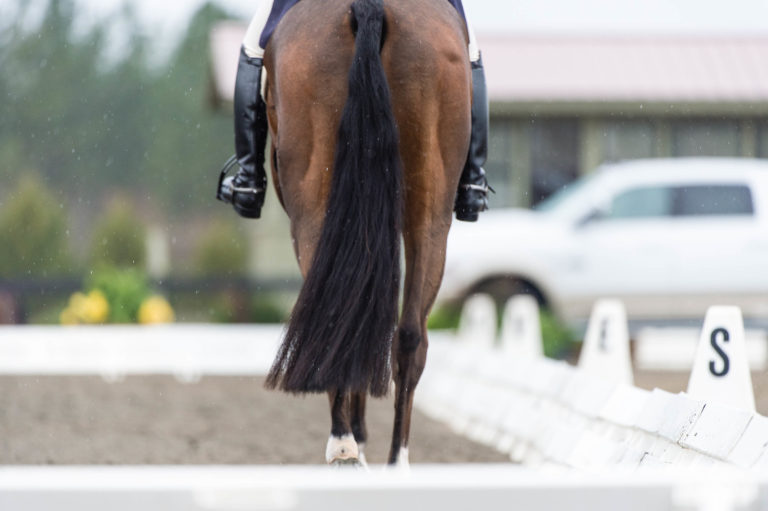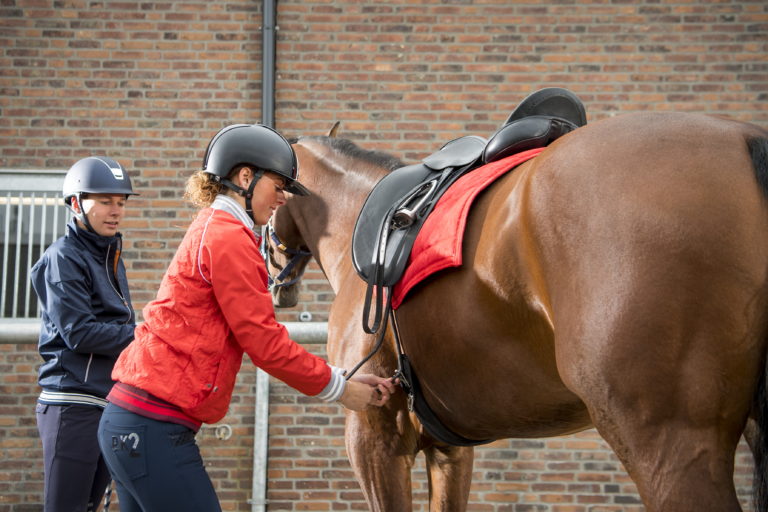I received a request to write about the horse with an overachieving personality. I’m very familiar with this type of horse because Myth was one. [Harmony’s Mythilus was Courtney’s 2008 Olympic partner.] I just wanted to sit him down over a beer and say, “Listen, pulling on the reins means slow down.” If he only understood that, he’d do it in a heartbeat. The problem is that, to the overachiever, trying hard equals going more. We can’t punish them for going forward, so we have to teach them that going faster isn’t what we want. I find it easier to do this at the higher levels because the horses discover bouncing and find that they can do forward with up and down versus fast. The problem is getting there.
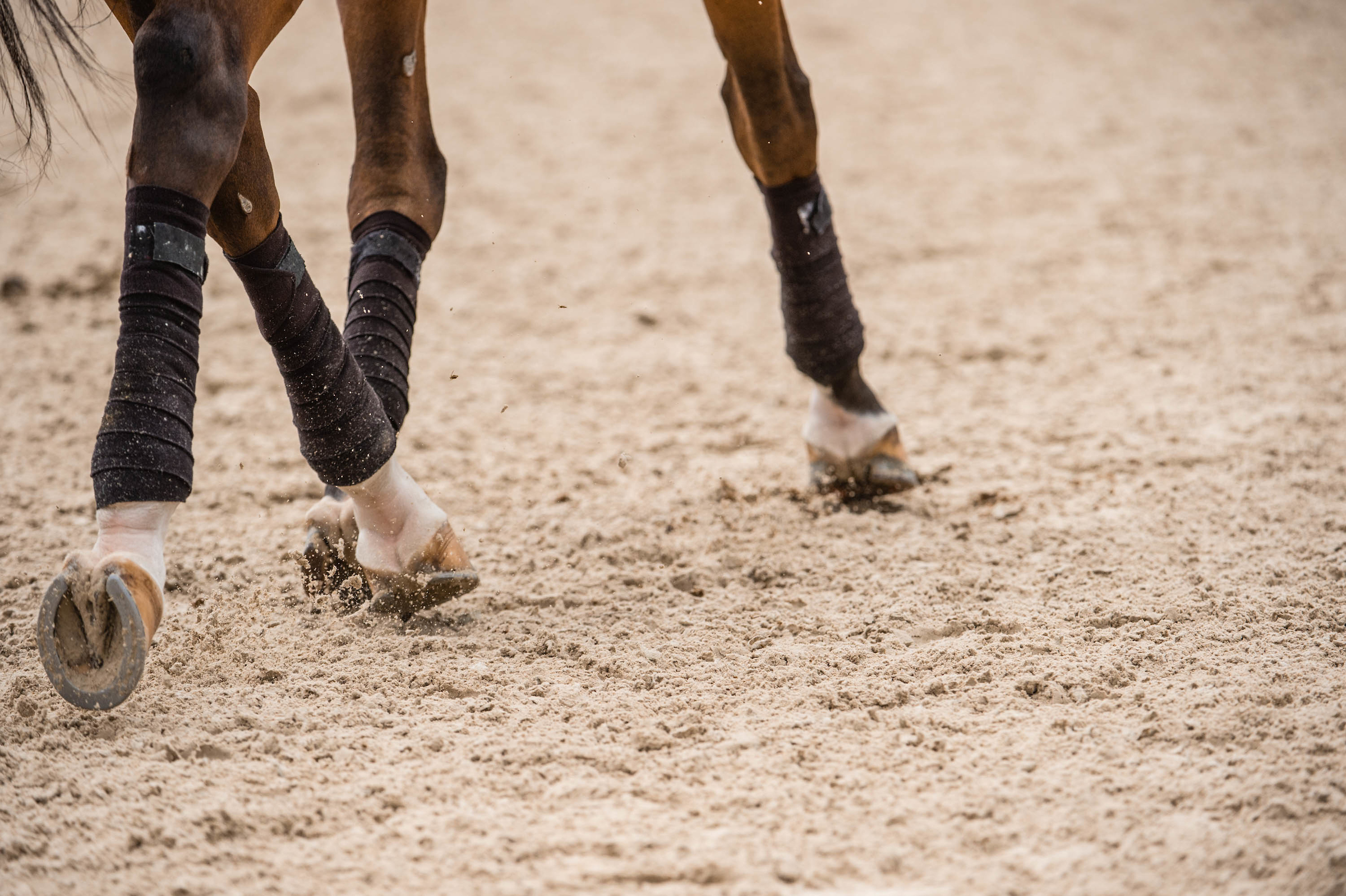
My Young Rider horse, Lukas, was the same way. You’d try to walk on a loose rein, and he’d walk Mach 10. At one event, we didn’t win because he did the cross country too fast! Yeah, he had a huge heart but didn’t understand that going as fast as possible wasn’t always good.
With Lukas, I would walk very deep into the corners, making him have to go slow without pulling. I would walk on a loose rein and pull the reins and release to halt, teaching him that a touch on the reins meant stop. I’d do a million and 10 walk pirouettes to teach him to take tiny steps and have the reins soft, so he learned to collect and move without pulling.
Every horse is different, so different things work. A hack or walk on a loose rein settles some horses’ hearts, but for others, not making them think just makes them hotter. Some horses need a pat and just telling them they’re stars settles them. For others, putting them in their place takes the responsibility away from them so they don’t try so hard. Some horses get better as they go because being tired helps. Others are best at the beginning because they get more and more worked up throughout a session.
At home, with horses who get hotter as they go, I try to work twice about four hours apart; the first time is hard (like a warm-up), and the second time, after a brief warm-up, I work on movements. If this works, I do it at the show. If my class was at 10 a.m., I’d get on at 6 a.m. so he would get a good break. Sometimes even two hours in between is enough.
There are no hard-and-fast methods. You just have to figure out what works best with your horse and know there are many different solutions available.
Courtney King-Dye represented the United States in the 2008 Olympic Games riding Harmony’s Mythilus (below) and at the 2007 and 2008 World Cup Finals aboard Idocus. She is a U.S. Dressage Federation (USDF) Certified Instructor through Fourth Level and USDF gold medalist. For six years, she was assistant trainer to Lendon Gray (ckddressage.com).


